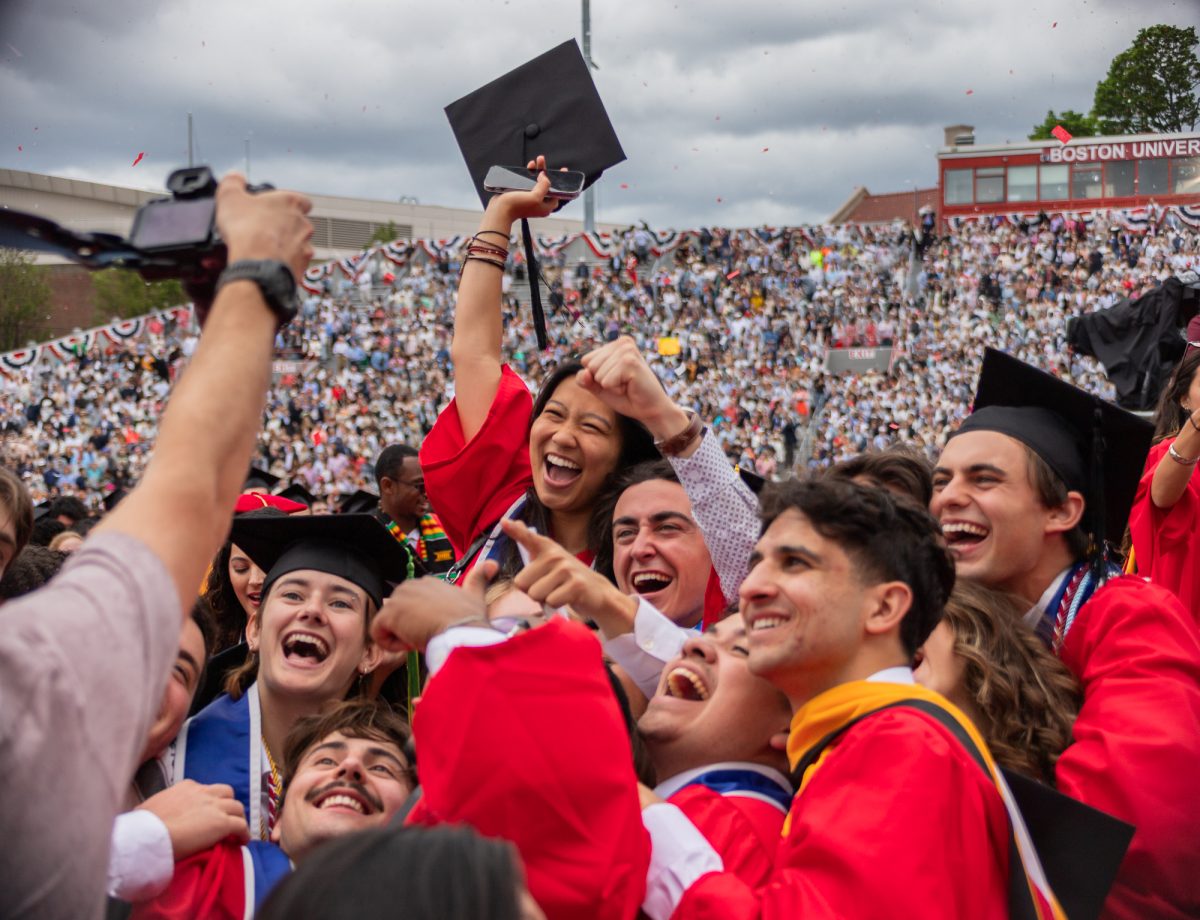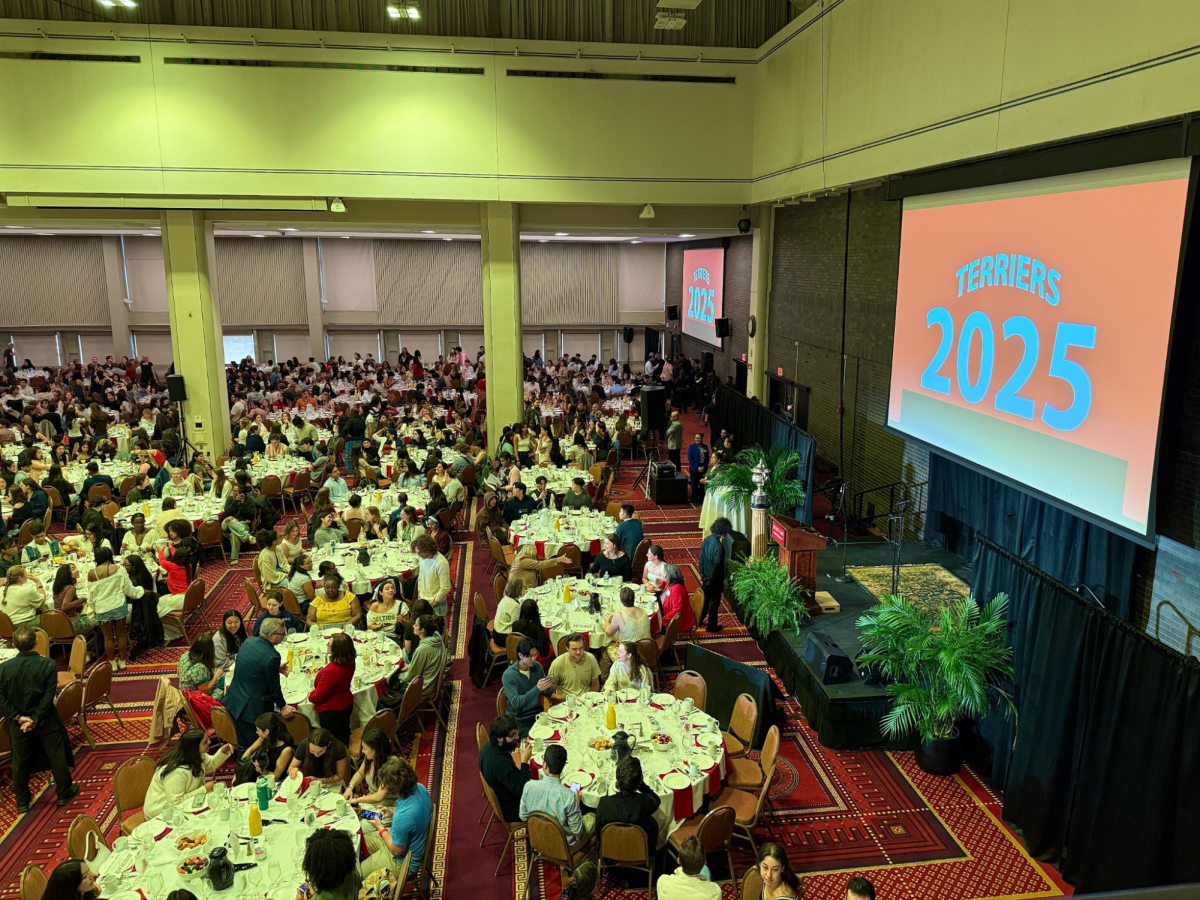The ancient Romans created lasting commemorative representations of their ancestors in sculptural portraiture, similar to the literary background of Virgil’s epic “The Aeneid,” Metropolitan College liberal studies lecturer Keith Doherty said.
The Boston University Art History Ph.D candidate spoke to about 20 BU students, faculty and Boston community members at the BU Castle on Tuesday.His lecture, titled “Faces of Ancient Rome,” was part of the Art and Text in Conversation lecture series presented by the College of Arts and Sciences Core Curriculum.
Roman Emperor Augustus commanded Virgil to write a poem lionizing his reign and inspiring the Romans to remember their ancestral greatness. Virgil delivered an epic poem about Aeneas, the founder of the Latin people, which celebrated the elaborate tale of Rome’s origins, just as sculptors depicted Roman ancestors.
Classics professor and guest lecturer for the Core Curriculum Jay Samons said the same idea of memorializing the ancients was expressed in every arena of Roman custom.
The lectures in the Core Curriculum series ground classic texts, making them more real for students and flushing out some of the connections between art, history and literature, said Core Curriculum professor James Wood.
Core Curriculum Director and professor David Eckel said he believes through this integration, cultural artifacts like Roman sculptures are more real to students.
“Students can see more deeply what is in the [Museum of Fine Arts] &- the incredible, mind-boggling treasures,” he said.
In the increasingly digital world, it is important for students to see these works in person and truly absorb them, to add an artistic dimension, he said.
In his lecture, Doherty focused on Roman portraiture in Virgil’s time. The ancient Romans originally adopted the art of portraiture from the Greek classical sculpture, yet soon diverged from their techniques, he said.
The Greeks sculpted full, nude heroes, idealized to perfection, and created art for art’s sake, he said.
The Romans, who were the first to create busts of figures, often filled their works with the subjects’ natural imperfections rather than create flawless depictions of their subjects, he said.
He used the sculpture “Portrait of Roman Patrician,” created in the late republican era, of a man’s old, sagging face, as an example of Roman craftsmanship.
It is evident the Romans wished to preserve and commemorate their ancestors through death masks, called imagine, as well, he said.
The masks were made by placing a wax sheet on the face of a relative at the exact moment of his death and using the cast to create a face mask. Aristocratic homes displayed these masks as proof of their genealogical history and as an ode to their ancestry, sometimes wearing them on their faces during funeral processions, he said.
By creating a lasting imprint of a relative at the specific moment of his death, Doherty said the Romans were capturing their essence and intensifying the commemorative impact that would last for centuries, as in “The Aeneid,” which is still read today.
Attendees said the event was enlightening.
“It was the best lecture [I’ve ever been to],” said attendee Mark Peterson. “The content was fantastic.”























































































































